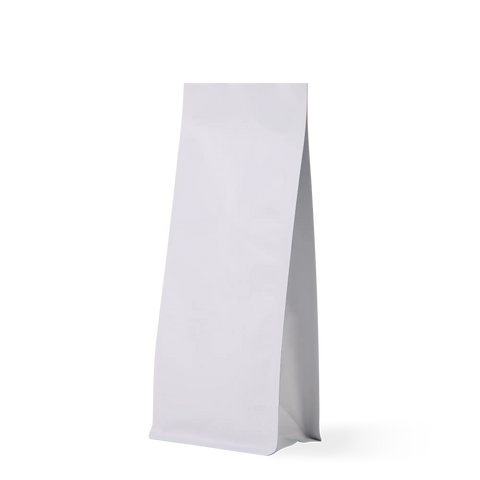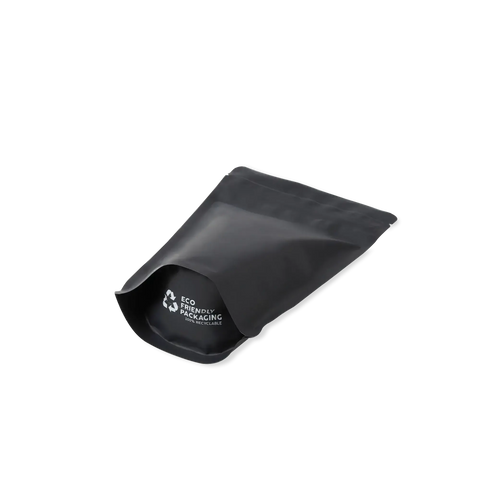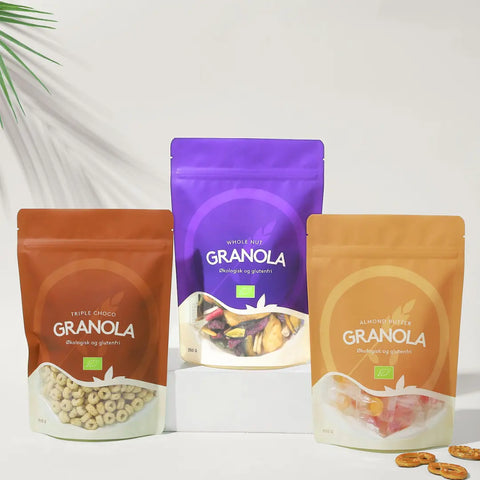The Key Differences Between Metallized Pouches vs Aluminum Foil Pouches
When you grab a bag of chips or a pouch of coffee you might notice a metallic sheen that catches your eye. But beyond the shiny surface lies a careful choice between two very different packaging materials metallized pouches vs aluminum foil pouches. Both serve to protect the products inside but their differences in structure performance and environmental impact reveal a nuanced story about the packaging industry’s challenges and innovations.
Metallized packaging is created by coating a thin plastic film usually polyester or polypropylene with a delicate layer of aluminum using a vacuum process. This metallization adds a reflective metallic finish that helps block moisture and oxygen to a reasonable degree while keeping the material lightweight and flexible. These films are widely used for snacks candy and other consumer goods where shelf appeal and cost effectiveness matter.
Check out our aluminum foil pouches or get a custom quote today!
In contrast aluminum foil packaging consists of ultra-thin sheets of pure aluminum. Its strength lies in its nearly perfect barrier properties blocking light air and moisture almost completely. This makes foil an indispensable choice for products that demand maximum protection such as pharmaceuticals coffee beans or heat sensitive foods. Foil is often combined with other materials in laminates adding durability without sacrificing its protective qualities.
How Each Pouch Performs in Real-World Conditions
Another important consideration is how each material performs under different conditions. Aluminum foil excels in heat resistance making it ideal for packaging that requires heat sealing pasteurization or sterilization. This thermal durability ensures that products needing stringent processing or extended shelf life maintain their quality. Metallized films while flexible and lightweight generally do not withstand high temperatures as well which can limit their use in applications requiring heat treatment or exposure to harsh environments.
Packaging Versatility and Format Adaptability
Packaging materials must also be adaptable to different packaging formats to meet diverse product and market needs. Metallized films offer high versatility as they can be easily formed into stand-up pouches flat bags sachets and other flexible formats, accommodating various product sizes and shapes while maintaining visual appeal. Aluminum foil’s stiffness and handling requirements mean it is typically used in laminated structures for pouches or as liners in rigid containers. This difference affects production processes and can influence packaging design options available to manufacturers and brands.
Recyclability and Environmental Trade-Offs
The environmental story behind these materials is complex. Aluminum foil is technically recyclable but practical recycling is often hampered by contamination or the presence of plastic laminates. Metallized films meanwhile combine metal and plastic in a way that typically makes them non recyclable by most municipal programs. However metallized films lighter weight can lead to lower transportation emissions and less material waste. Both materials face growing pressure to improve sustainability as consumers and brands demand greener packaging solutions.
Cost Considerations and When to Invest More
Cost is another factor driving the choice. Metallized films are generally less expensive to produce benefiting from less raw aluminum and simpler processing. Aluminum foil’s superior protective qualities come at a higher price but are often justified for premium products where shelf life and brand perception are critical.
Conclusion Choosing What Fits Your Product Best
Ultimately the decision between metallized packaging and aluminum foil depends on the product’s unique needs. Both will continue to coexist in the marketplace each serving different purposes in preserving freshness reducing waste and supporting evolving consumer preferences. In a world increasingly conscious of sustainability innovation in both materials will shape how products are packaged and protected for years to come.







Comments (0)
There are no comments for this article. Be the first one to leave a message!